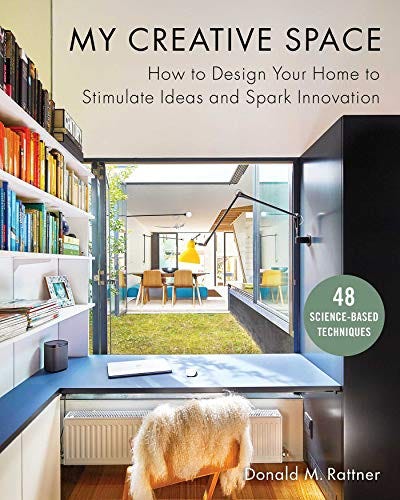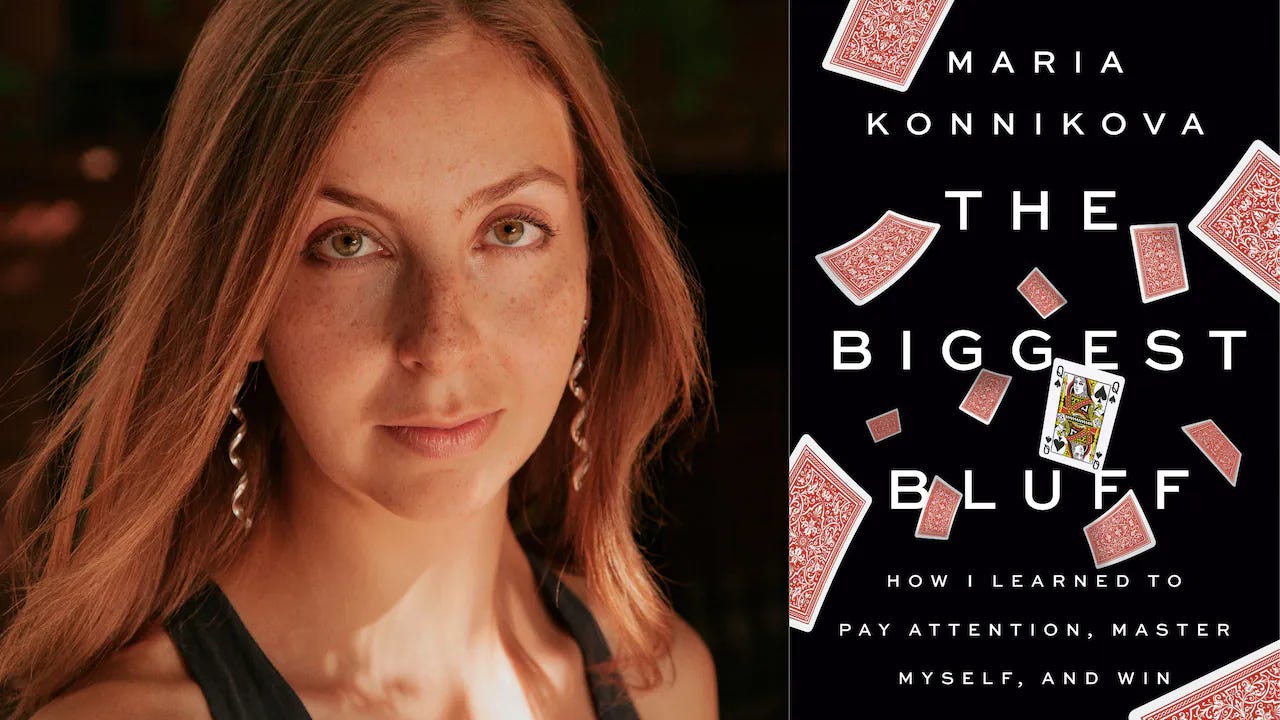Libraries as Hotspots for Creative Expression, Leisure, and Fun
Dewey Decimal Classification — 700s Art and Recreation
By Guest Contributor Linda Maxie
If you’re looking for fun, head to your local library’s 700-799 division, Arts and Recreation. While it has its share of serious topics, like architecture (both landscape and building), sculpture, painting, and photography, the section also abounds with topics to amuse and inspire you.
Comic books, graphic novels, and books on how to make them are in this section. So are books on hobbies like jewelry making, coin collecting, and knitting. Works on music, the stage and screen, indoor games of all sorts, and books on every type of sports fall in this category. As you can imagine, it tends to be a large section in most public libraries.
It’s a safe bet that most people can find something interesting here.
Library of Congress Collections
The Library of Congress, located in Washington, DC, was created to serve the United States Government. Thomas Jefferson donated thousands of books for its first collection. Anyone can visit the library while in the nation’s capital. The exhibits in the Jefferson Building are worth the trip on their own.
But for the purposes of this post, I’d like to look at some of the library's online resources that can be used for entertainment, research, or content creation.
The first is the National Jukebox. On this website, you will find an incredible sampling of historical sound recordings from the LOC’s National Audio-Visual Conservation Center and those of other contributors like Sony Music Entertainment, UCSB, EMI Music, and the record collection of David Giovannoni and Mark Lynch. Many of these recordings are in the public domain and are free to reuse in your projects.
The online collection currently has over 10,000 recordings that continually expand. For your next party, they have playlists like “Ragtime,” “Songs by Irving Berlin,” and “Songs about Rivers.” You can also make personalized playlists. You can browse the collection by artist or genre (from blues to yodeling).
If it’s images you are looking for, check out their use and reuse image sets and let your creativity loose. They’ve curated some images by theme for you, but you can also search for more specific images in the search box and then narrow further by the format you’re most interested in—photos, prints, newspapers, or books. You can also search by date.
Using some of these images, they have two additional online collections you may enjoy. The first, Poster Parade, has examples of posters created in the 1890s through the 1960s. The second, Comic Art, is based on a LOC exhibit from September 2019 through September 2020 that featured panels of early newspaper comics to contemporary webcomics.
Have fun exploring these awesome free sources!
Books from the 700s
The following are a tiny sample of books you may find in the 700s in your public library. All these books are included in my book, Library Lin’s Curated Collection of Superlative Nonfiction.
Ian Chilvers, ed., Art that Changed the World: Transformative Art Movements and the Paintings that Inspired Them, 2013.
The social, historical, and cultural milieu that produced art movements, styles, artists, and works is explored in this book.
Marilyn Raff, The Intuitive Gardener: Finding Creative Freedom in the Garden, 2002.
When Marilyn Raff began to turn her suburban yard from an expanse of grass into a beautiful garden, she was a complete beginner. Rather than follow the rules, she followed her inner voice. Her results were so stunning they touched off a new career for Raff in garden design. She tells you how to turn your patch of earth into the garden of your dreams.
Matthew Frederick, 101 Things I Learned in Architecture School, 2007.
Architecture school needn’t be so pedantic, argues architect Matthew Frederick. In this book, he provides short lessons on the ideas and skills necessary for architecture students to grasp. From how to draw a line to understanding color theory, his book makes an excellent resource for anyone interested in design.
Donald M. Rattner, My Creative Space: How to Design Your Home to Stimulate Ideas and Spark Innovation, 2019.
Architect Donald M. Rattner explores how space and its contents contribute to our creativity. Using over 500 photographs of everyday items, like furniture and cookware, he explains how our minds and imaginations are activated through interactions with our surroundings.
Karen Richardson, Watercolor Toolbox: Essentials for Painting Success, 2013.
Canadian artist Karen Richardson uses her 35 years of both creating and teaching art to isolate what hinders people from learning to paint. She identifies each problem and provides solutions. Using her approach, you can learn to paint flowers, buildings, landscapes, and more.
David F. Noyes, The Photographing Tourist: A Storyteller’s Guide to Travel and Photography, 2015.
David F. Noyes shows you how to improve your travel photography with stellar photographs and thoughtful documentation. His goal is to help you appreciate and learn from what you encounter on the road.
Matthew Guerrieri, The First Four Notes: Beethoven’s Fifth and the Human Imagination, 2012.
Music critic Matthew Guerrieri highlights the impacts of Beethoven’s Symphony No. 5 on Beethoven himself and the ways the work has influenced culture worldwide.
Mark Harris, Pictures at a Revolution: Five Movies and the Birth of the New Hollywood, 2008.
In 1967 five movies were nominated for Best Picture. They were Guess Who’s Coming to Dinner, The Graduate, In the Heat of the Night, Doctor Dolittle, and Bonnie and Clyde. Movie critic Mark Harris explores how each of these movies represents a part of larger cultural upheavals.
Maria Konnikova, The Biggest Bluff: How I Learned to Pay Attention, Master Myself, and Win, 2020.
Erik Seidel, a Poker Hall of Fame inductee, didn’t want to take Maria Konnikova on as a pupil. She wasn’t interested in money, she told him. Instead, she was interested in poker academically; as a human behavior researcher, Konnikova wanted to know what it could teach her. But as she applied Seidel’s lessons, she began to earn big money, wound up on television, and even developed a fondness for Las Vegas. Here she shares the surprising insights about life that she gleaned from her foray into high-stakes poker.
David Goldblatt, The Age of Football: Soccer and the 21st Century, 2020.
The most popular competitive team sport in the world today is known as soccer in the U.S. but elsewhere as football. Sportswriter David Goldblatt reveals how the sport became so dominant that it has affected politics, economics, and social divisions everywhere. Without understanding football, he says, you can’t understand the world today.
Linda Maxie is a retired librarian passionate about good books. She is the author of Library Lin’s Curated Collection of Superlative Nonfiction and her blog, The Nonfiction Section. Contact her at https://librarylin.com.






